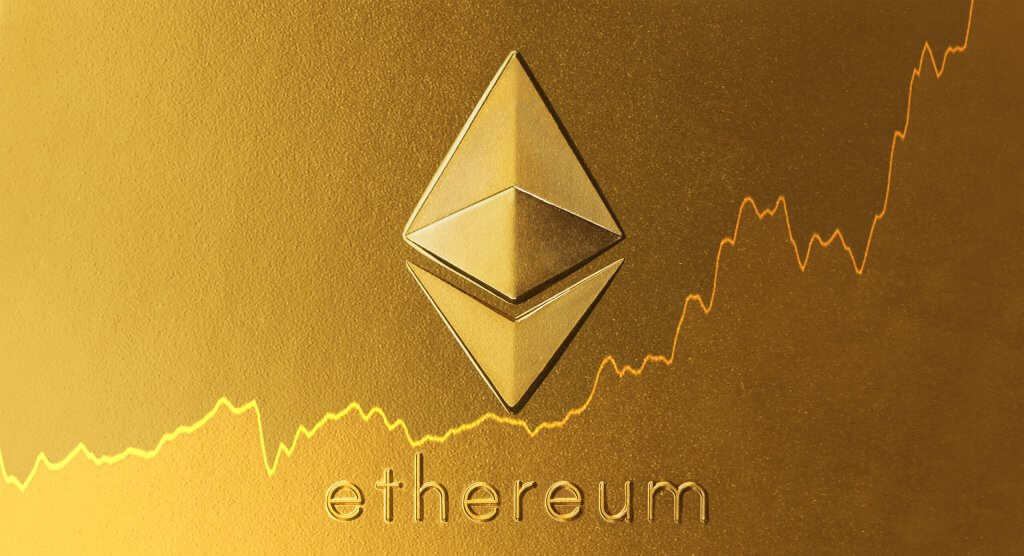After a major tech upgrade, the world’s second-largest cryptocurrency Ethereum has gained more than 25 per cent in a week. Crypto analysts say the London Hard Fork update is the reason behind the surge in the cryptocurrency’s value.
What is the London Hard Fork update?
The update has nothing to do with London. It is formally known as Ethereum Improvement Protocol 1559 (EIP-1559). A hard fork means an unchangeable permanent modification on the blockchain platform. The word ‘London’ was added to the update since the Devcon international developer’s conferences were held in London. Forks are major technical upgrades or changes made to the blockchain network – they typically stem from Ethereum Improvement Proposals (EIPs) and change the “rules” of the protocol.
The new update termed ‘London Hard Fork’ will reduce transaction fees on the Ethereum platform. It’ll also pave the way for a new way of mining cryptocurrency. Both of these problems were critical for investors and miners.
The changes brought in last week have split the Ethereum blockchain into two branches. It has made the Ethereum transactions faster and less expensive and also changed the way transaction fees are estimated and paid out. The current update is a ‘backwards-incompatible upgrade’. This means if you are a miner and want to continue using the Ethereum platform, you need to download the update.
Also read: ZebPay’s SIP in Bitcoin, Ethereum: Why invest via SIP in crypto
Before the update, users used to submit bids on the money they were willing to pay to validate their ether transactions and execute contracts on the Ethereum platform. This process most often, especially during busy hours, led to higher transaction fees. The volatile system was a big issue for the platform.
Now that the update has been incorporated, the transaction fee will be determined automatically, depending on the trends in demand supply. This will not only make Ethereum cheaper but faster and easier to use, too. It’ll solidify Ethereum’s position against the Solana blockchain, which is touted to be the faster and cheaper blockchain than Ethereum.
Etheruem’s base fee now ‘burned’
As a result of the update, Ethereum’s transaction base fee,paid in Ether, is ‘burned’, which means Ethereum has been taken out of circulation. It’ll address ether’s unlimited supply issue. So now like Bitcoin — whose circulation is also fixed at 21 million — Ethereum could also see its store-of-value going up, without a risk of inflation. It could also raise the price of each Ethereum coin. Some, however, argue that Ethereum will never be able to match Bitcoin as an inflation hedge since the London Hard Fork has not retroactively put a cap on its supply.
Also read: Ethereum likely to enter consolidation soon; what should be your investment strategy
Will investors gain anything?
Ethereum is one of the fastest-growing cryptocurrencies in the world. The update will attract more miners and lead to greater adoption in the long run. As the demand will rise, so will the prices of the Ethereum token. After the current update, Ethereum has the potential to challenge its rival crypto Bitcoin, which has seen major ups and downs in the past year.
Another big change in the works
Ethereum is working on a major shift that will help save up to 99.5 per cent of the energy it currently consumes. Ethereum already uses much lower energy than the most popular cryptocurrency Bitcoin. But, it will soon be completing the transition to Proof-of-Stake (PoS) from the Proof-of-Work (PoW) system. When this update is implemented, it could place Ethereum above the Bitcoin blockchain.
The PoS method, already in use by other smaller cryptocurrencies, permits access to new coins based on how many coins a miner already owns; if a miner owns 3% of all coins, they can access only 3% of new coins. This system eliminates the need for energy-intensive number-crunching, because a miner’s rate of coin access is a product of their “stake” and not of their “work.”
As a result, proof-of-stake mining software can essentially work on one normal computer, rather than a warehouse of servers, and there is no longer any strategic need to consume an increasing amount of energy.
— With files from businesstoday.in Press
